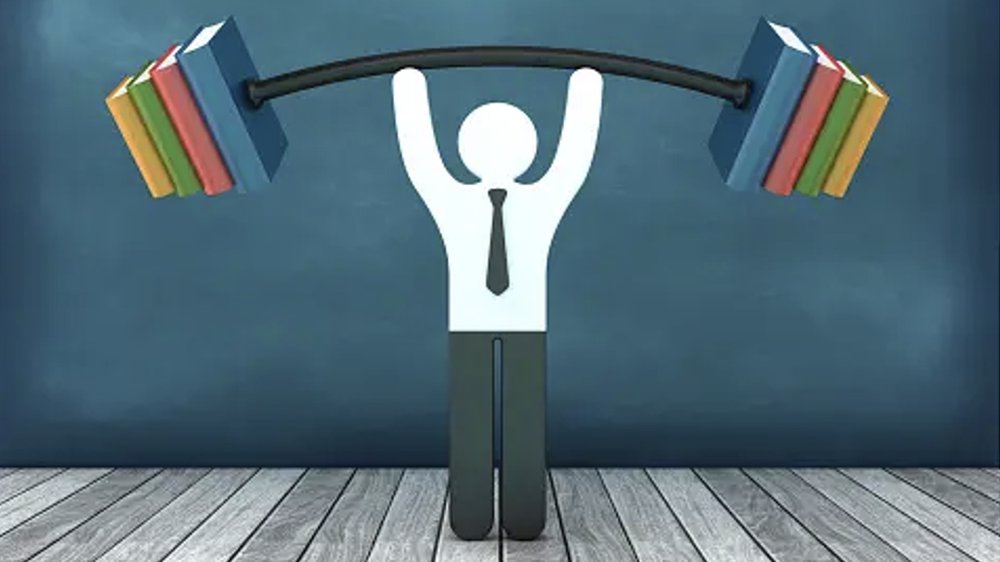When it comes to building strong literacy skills, school leaders often overlook one fundamental element: strong libraries.
I confess I was once that type of school leader. I undervalued libraries, saw librarians’ roles narrowly and questioned the size of our library budget. However, through research, taking the time to listen to district librarians and fostering collaborative relationships, all changed my perspective.
In 2016, I became superintendent at Tuscaloosa City Schools after over two decades in the district. At that time only one-third of our students were reading proficiently. We were a well-funded school system with bright, high-potential students. I knew we could do better.
Literacy became our focus because it’s the seeds from which a world of learning and stronger academic outcomes can grow. From there we realized that the library was the perfect place to plant those seeds as studies show that well-resourced libraries can help increase reading and math scores, boost graduation rates and improve academic mastery. It was clear that strong libraries don’t simply grow strong literacy skills; they grow strong schools.
We are still investing in our libraries and literacy. While we are still learning continuously, there are three strategic actions we took to get where we are today.
Listen with an Intent to Learn
One of the first steps was to listen to librarians. I heard a lot of great feedback but a turning point was when one school librarian held up a worn-looking book at a staff meeting and said “Our libraries just aren’t exciting for children.” She was right, our libraries had outdated materials that weren’t interesting or relevant to our students. For example, one of the books we had on our shelf was about wild plants that grow in the United Kingdom — hardly a relatable topic for elementary school children in Alabama.
Students don’t start reading to be successful later in life, they start because it’s fun. They need literature that serves as “windows, mirrors and sliding glass doors” so they can see themselves and develop empathy for others. It was clear our current collection wasn’t serving those purposes.
Communicate Collaboratively and Continuously
Another output of our conversations with librarians was identifying a disconnect between the culture of literacy we were trying to build and our libraries. Our strategic direction operated independently from our libraries, leaving a valuable resource untapped.
To close the gap between our vision and actions, we created a library liaison position within our executive cabinet at the system office. Establishing this role provides a central way to elevate the role of librarians and ensure libraries are integrated into our strategic direction. The liaison facilitates conversations with librarians and identifies resources the libraries need, then identifies funding opportunities to support those needs.
Nationally 60 percent of librarians report lacking resources to improve collections, update library spaces with furniture or shelves, access ebooks or databases, or add creative elements like author visits, makerspaces or STEM materials.
When fully resourced, libraries can become innovation hubs. By making our libraries a central part of our strategy, we think more creatively, including about how to fund ambitious ideas through grants. This approach has allowed us to provide students with 60,000 books and develop a volunteer-based program called Reading Allies, offering students individualized reading support. The program has expanded to 16 schools, with 87 percent of students achieving reading sufficiency.
We’ve supported literacy in our community by stocking bookshelves at barbershops and repurposing a school bus into a mobile library. This mobile library participates in community events, fostering a love of reading among more children.
Become Obsessive About Innovation and Improvement
Through this process, we became energized by our ability to innovate. We found new ways to work with each other and our community to go beyond what we initially thought possible. But we know that innovation isn’t meaningful unless it supports student achievement, so we intentionally pair our commitment to innovation with a deep focus on outcomes.
A key part of innovating intentionally is having the tool powerful enough to help guide our decisions. By adding new technology, our librarians now have an easy way to track collections and checkouts, find new, relevant content and make data-informed decisions.
We are still on our way to our academic goals but have seen early signs of progress. Our checkout rate increased 123 percent in one year, from 1,221 to 2,726. We’ve also seen 94.61% academic growth, achieved a graduation rate of 83.6 percent and 90 percent of third graders are reading at grade level — a 27 percent growth between 2022 and 2024.
The academic improvement is exciting, but so is what we call “happy kid data.” That’s the anecdotal evidence that our students are developing a love of reading which is opening doors for them to explore, understand and contribute to the world around them. That’s a terrific feeling and what it means to be a strong school.
About the author
Dr. Mike Daria is currently Superintendent at Tuscaloosa City Schools. Dr. Daria is a veteran educator who worked as a TCS English teacher, assistant principal, principal, executive director of personnel, and assistant superintendent prior to his current role. In 2023, he was selected as the State Superintendent of the Year by the School Superintendents of Alabama.











